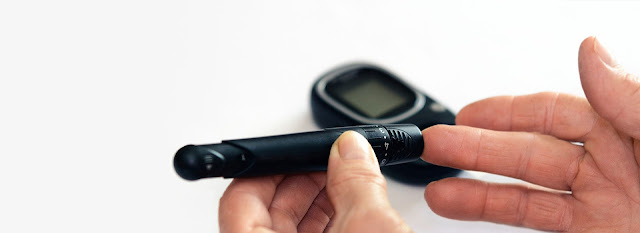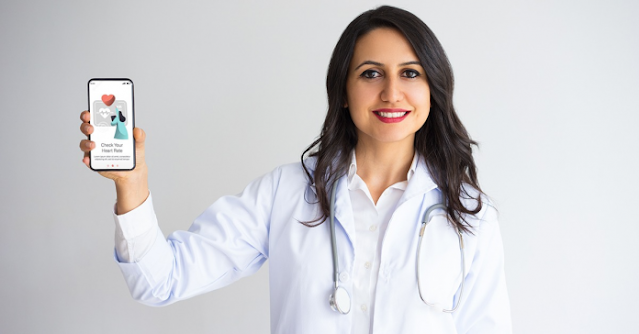.jpg)
Each year, technology gets smarter. Devices are able to perform, monitor, and maintain an increasingly wider pool of tasks, giving us – humans – the time to focus on core responsibilities. Nowhere is this more evident than in the healthcare sector. Smart health technologies are quickly being developed to aid in patient care and improve outcomes. These technologies include the use of wearable, built-in, and mobile sensors that continuously monitor patients for diagnoses and treatments. Back in 2019, activity trackers occupied the largest share of the wearable healthcare devices market, thanks to the affordability of these trackers, sedentary lifestyles and lifestyle diseases, and a sizable number of tracker manufacturers. According to reports, the wearable healthcare devices market, which was worth USD 18.4 billion in 2020, is estimated to reach USD 46.6 billion in the year 2025. Adopting mobile platforms, AI, and 5G as well as an awareness of home healthcare, will drive this demand. Co...

.jpg)
.jpg)

.jpg)

.jpg)

